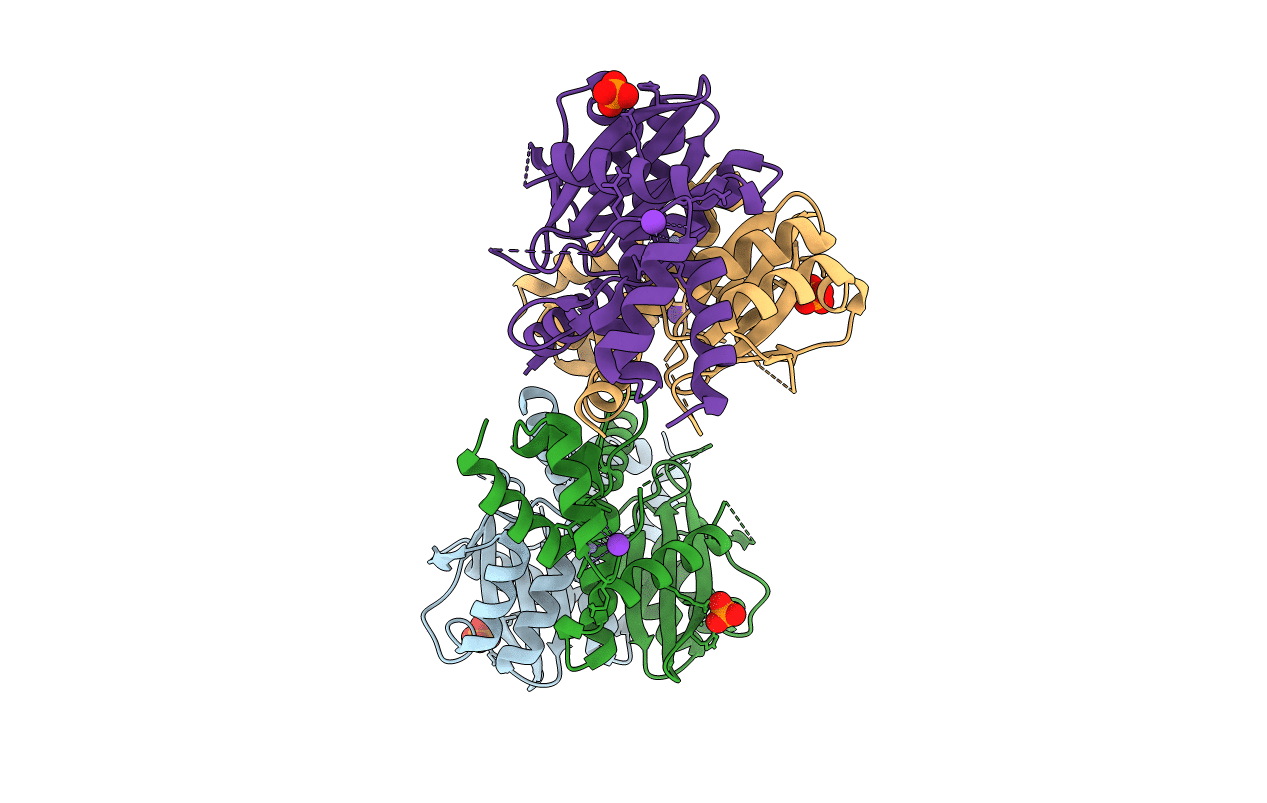
Deposition Date
2020-02-07
Release Date
2020-09-09
Last Version Date
2023-10-11
Entry Detail
PDB ID:
6VRG
Keywords:
Title:
Structure of HIV-1 integrase with native amino-terminal sequence
Biological Source:
Source Organism:
Human immunodeficiency virus 1 (Taxon ID: 11676)
Host Organism:
Method Details:
Experimental Method:
Resolution:
2.40 Å
R-Value Free:
0.25
R-Value Work:
0.22
R-Value Observed:
0.22
Space Group:
P 43 21 2


